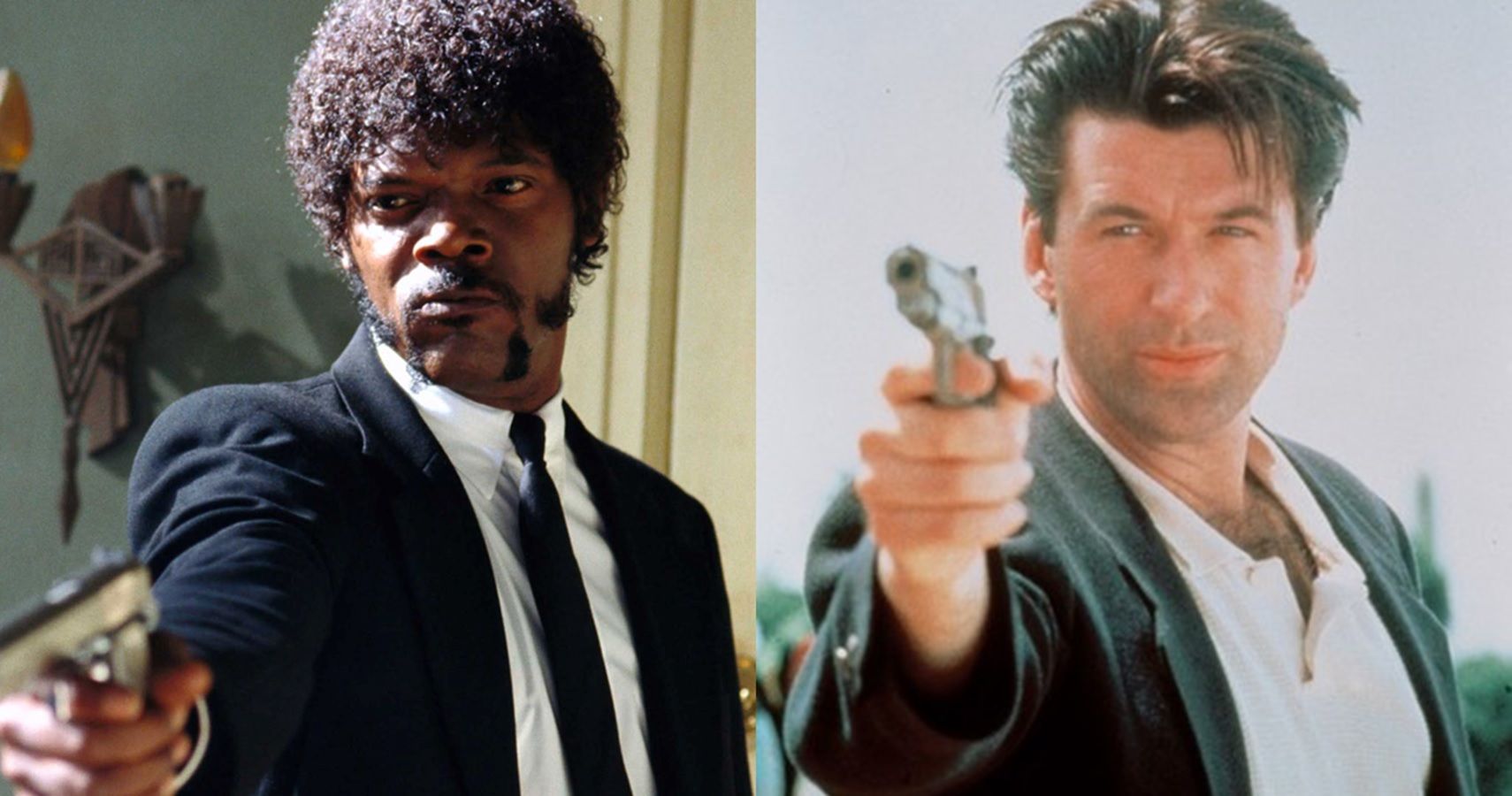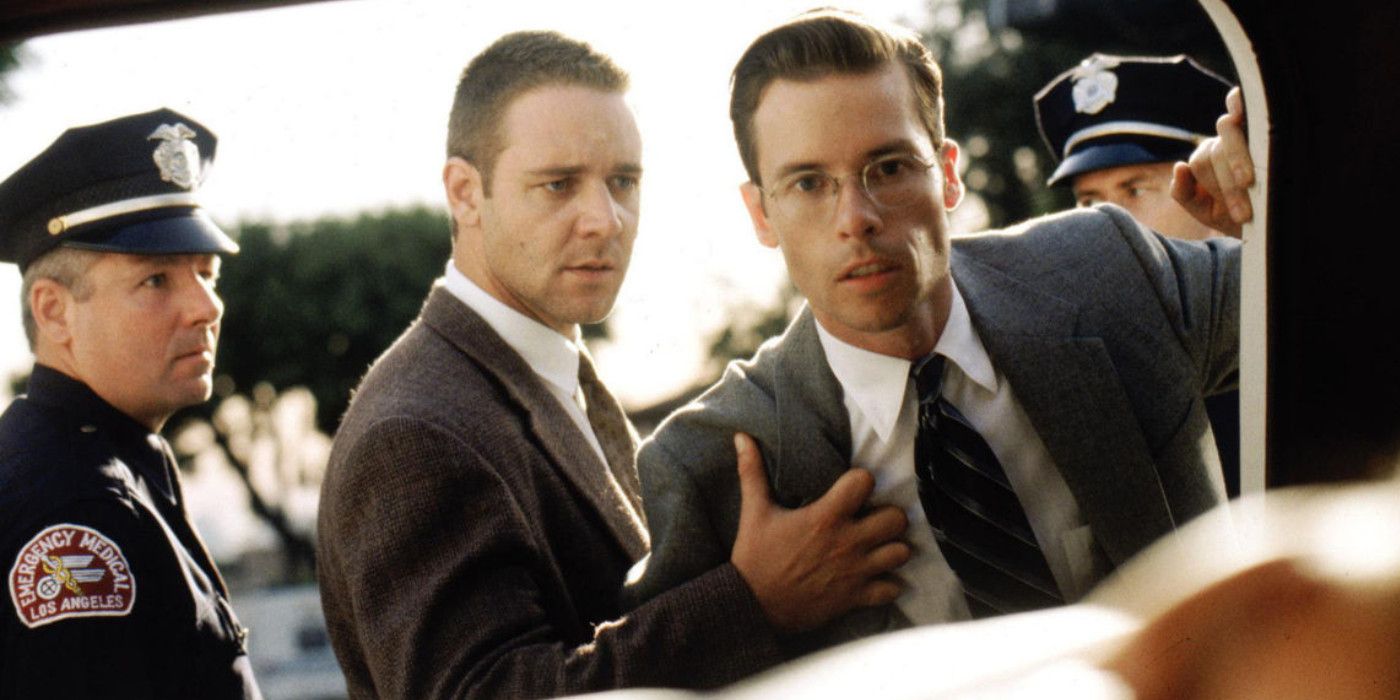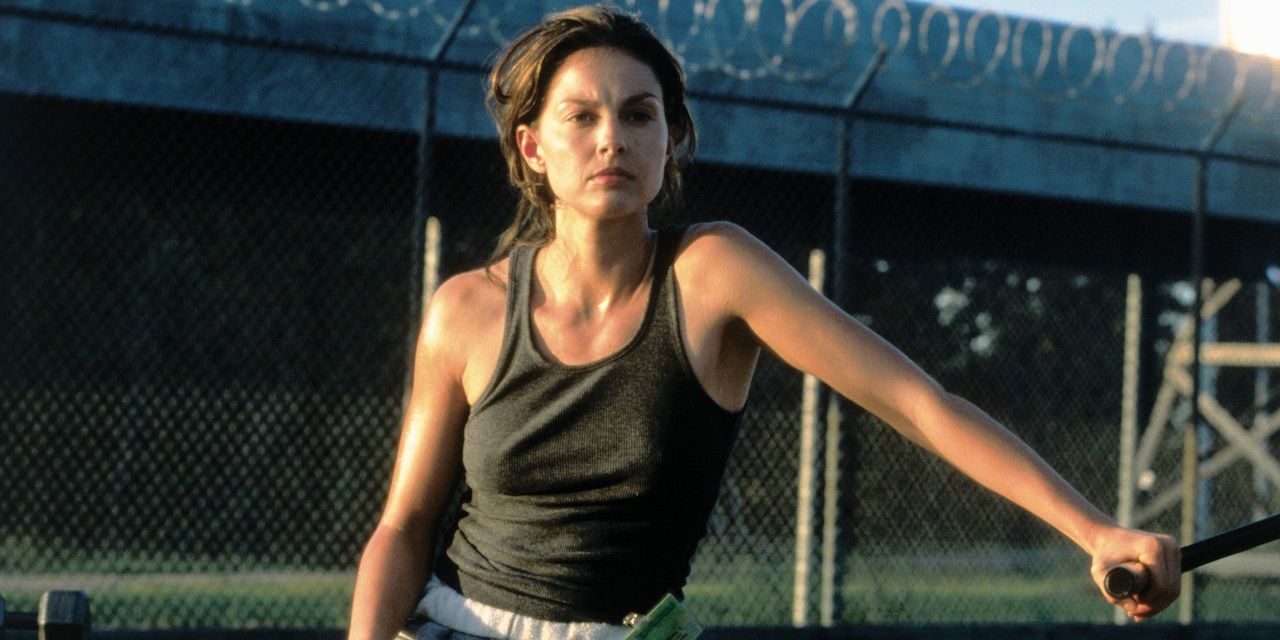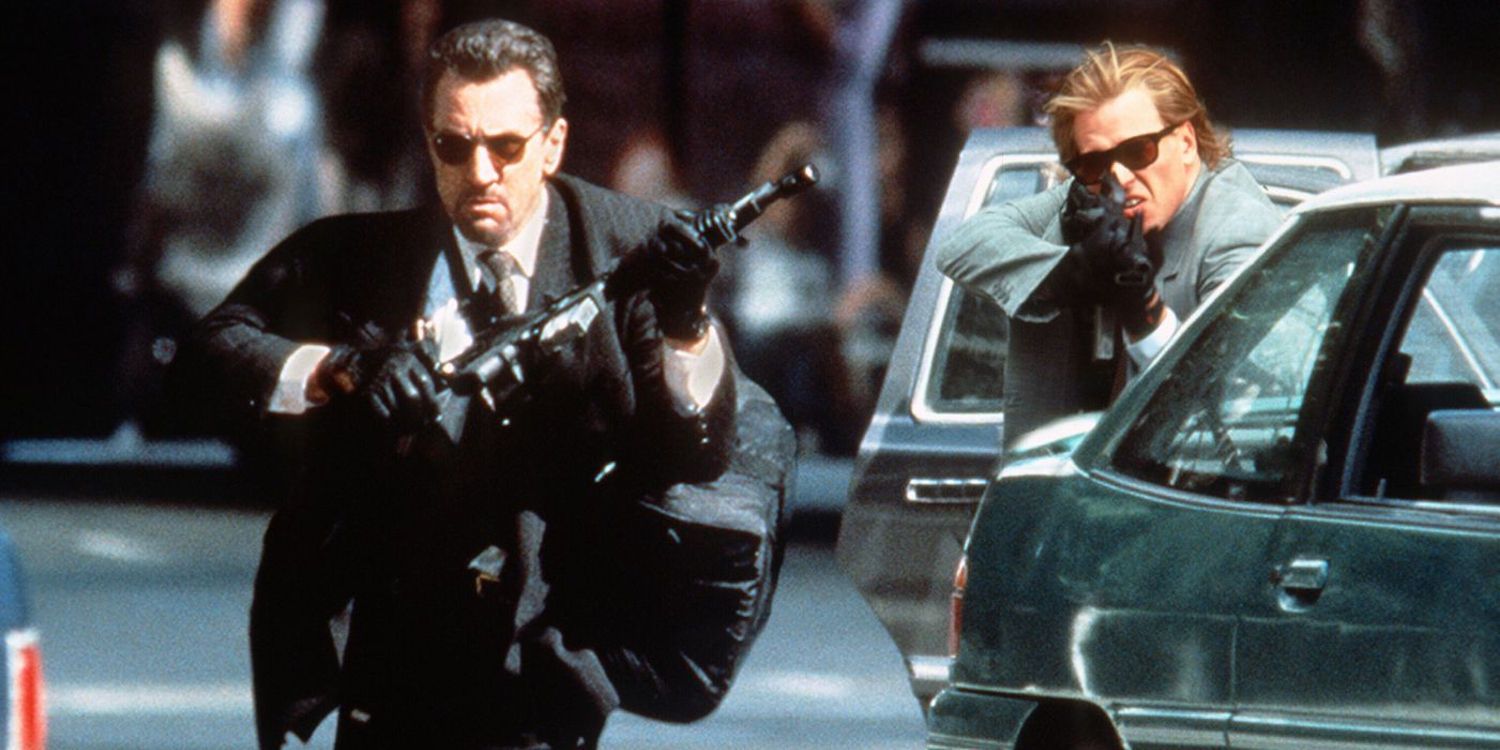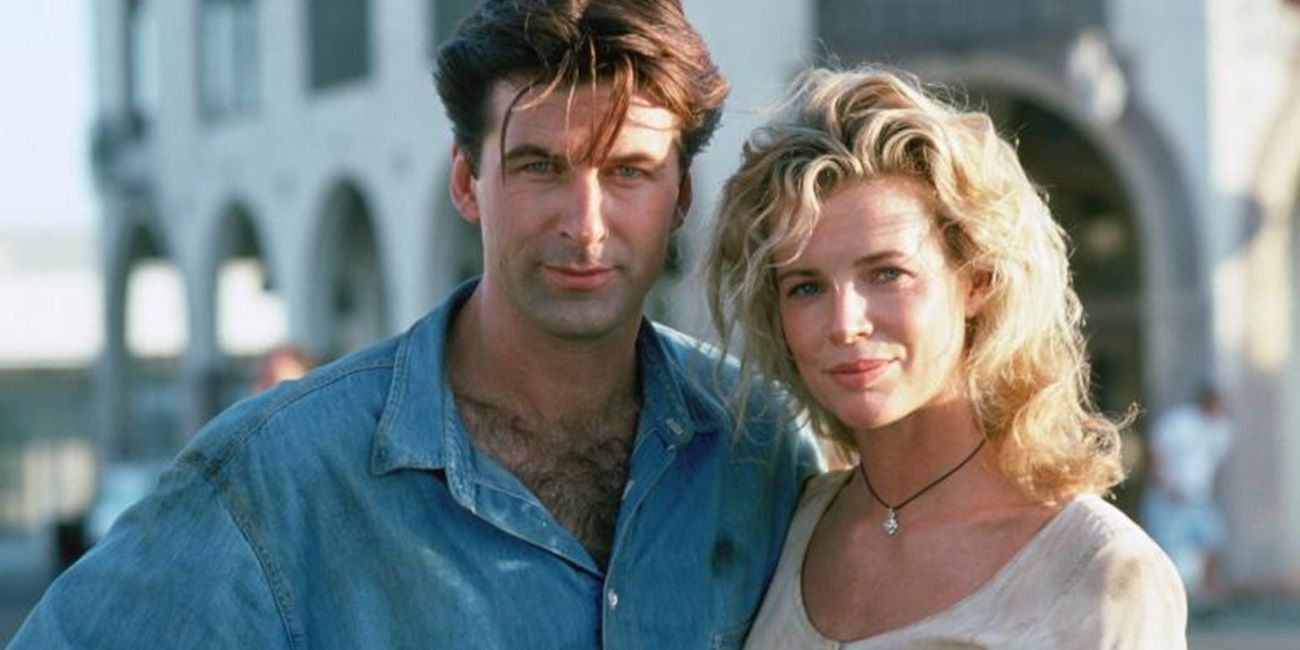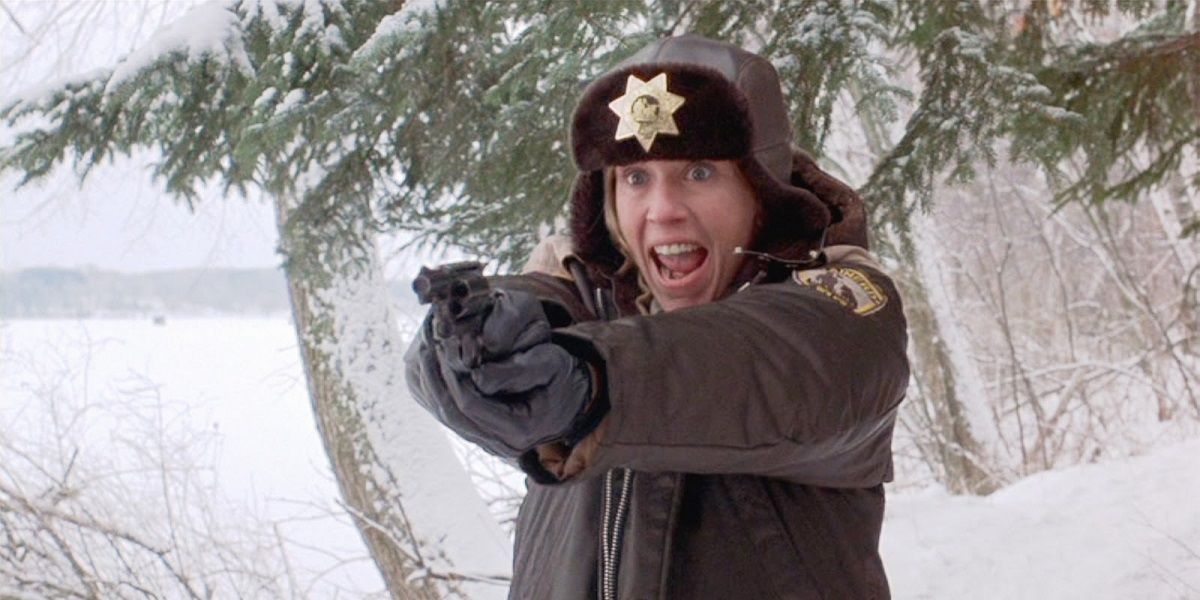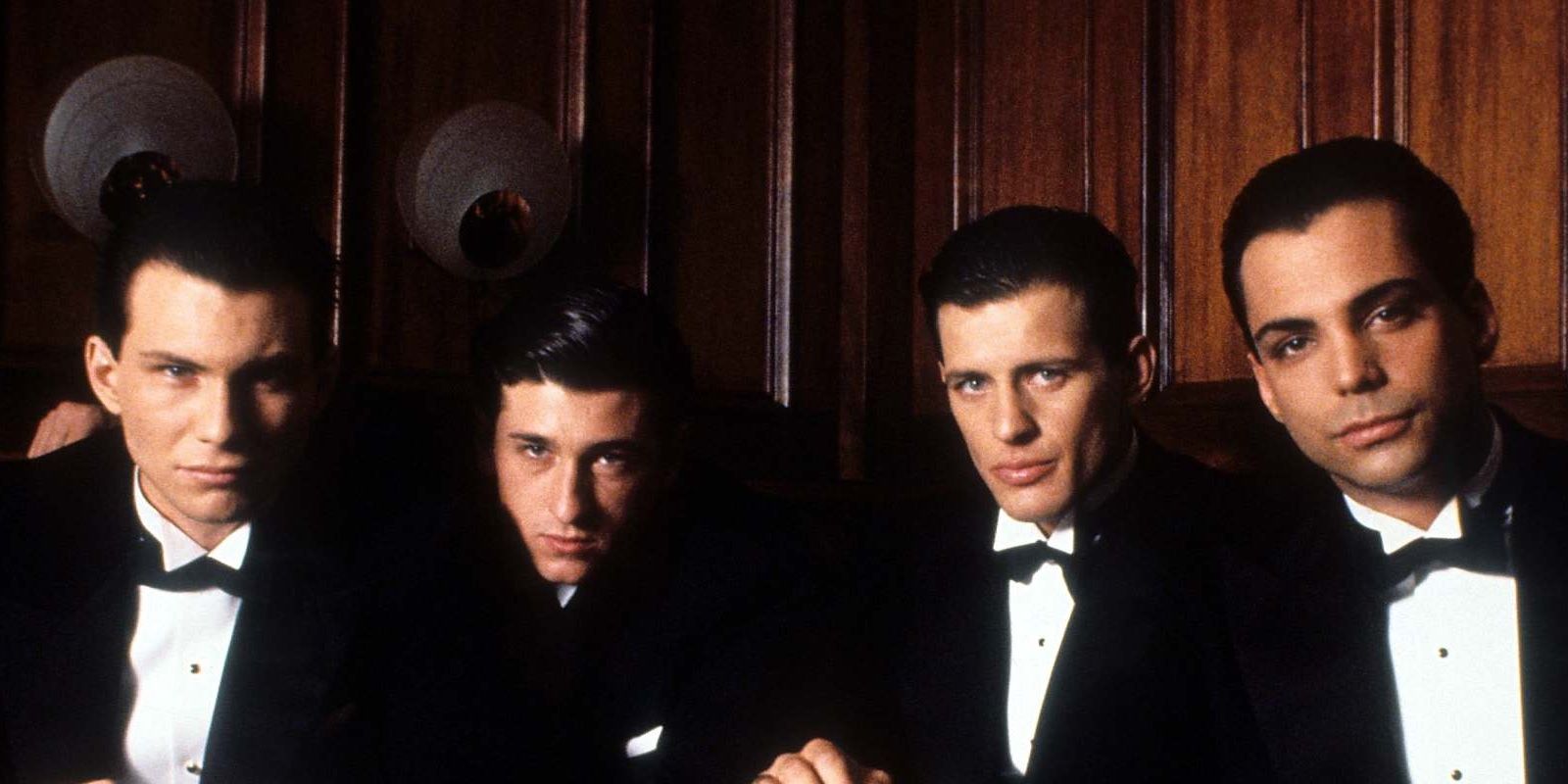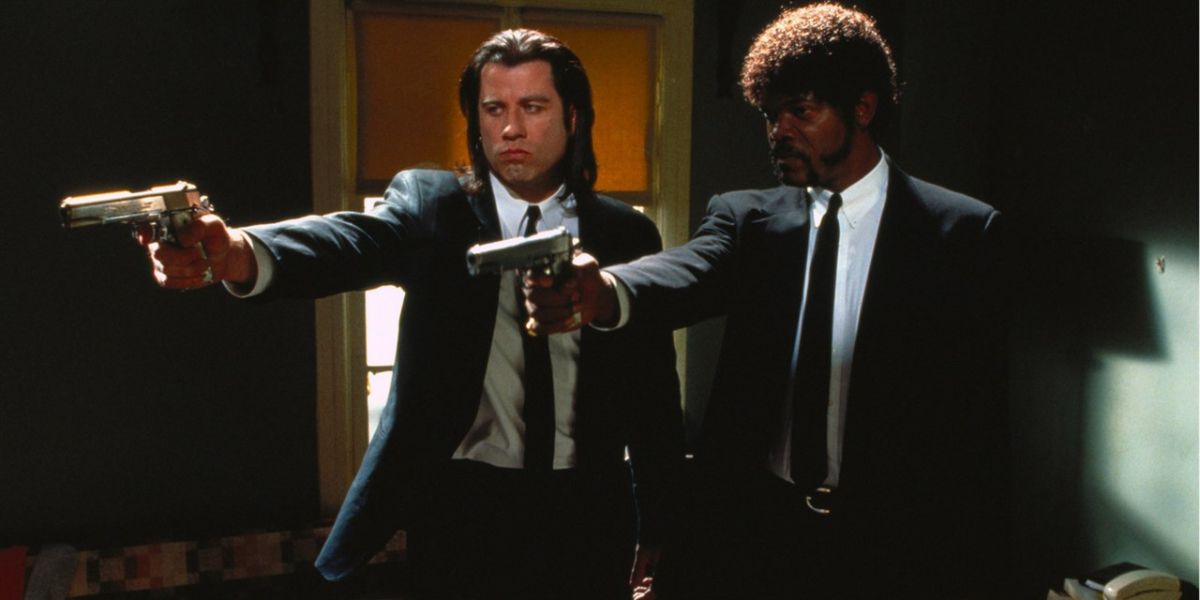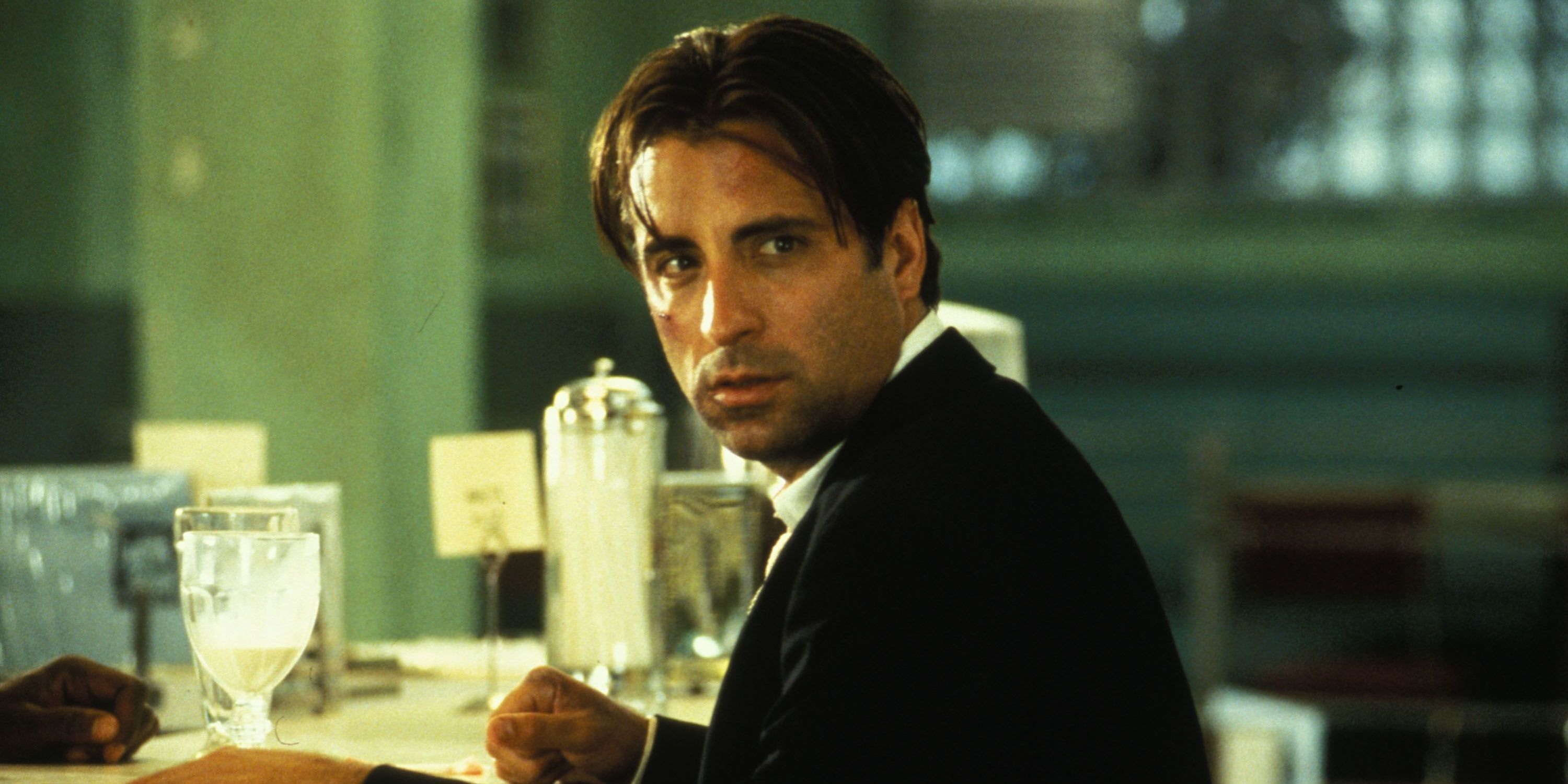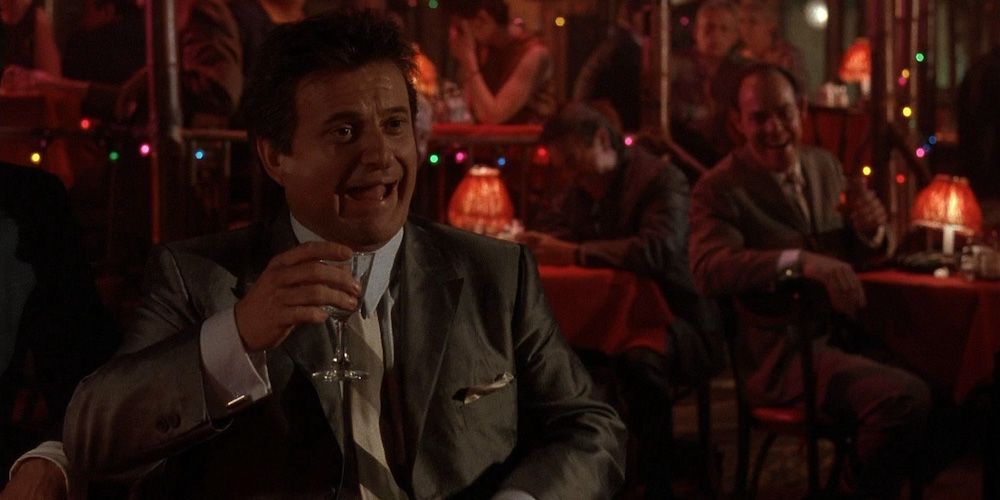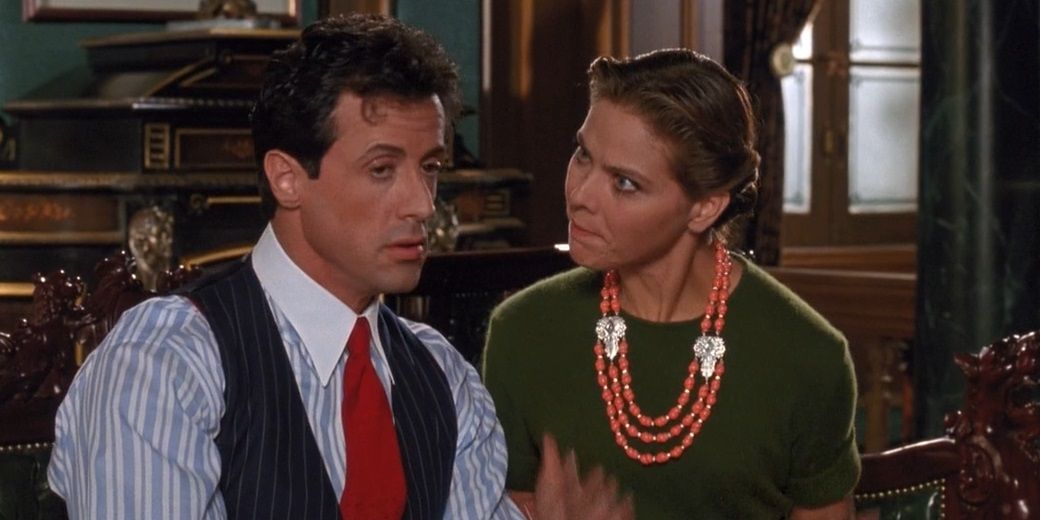With Quentin Tarantino blazing into multiplexes with his uniquely ultraviolent, nonlinear, darkly comic crime movies and Martin Scorsese returning to the crime genre with Goodfellas and Casino, the 1990s were a pretty great decade for fans of crime film.
The ‘90s also brought some great crimes movies that crossed over into other genres, like horror (e.g. Se7en and The Silence of the Lambs) and comedy (e.g. Trainspotting and Lock, Stock, and Two Smoking Barrels). But the decade’s crime movies weren’t all great. As always, there were plenty of duds. Here are the five best and five worst crime movies from the ‘90s.
Best: L.A. Confidential (1997)
Curtis Hanson’s big-screen adaptation of James Ellroy’s L.A. Confidential is a masterpiece of neo-noir cinema, expertly blending the filmmaking techniques of old-fashioned detective stories with a modern sensibility.
Hanson was more attracted to the characters from Ellroy’s novel than the plot, which shows in the richly drawn roles he gave to cast members like Russell Crowe, Kim Basinger, and Guy Pearce.
Worst: Double Jeopardy (1999)
The story of a wrongfully imprisoned woman evading her parole officer while she tracks down the husband who framed her might sound like a riveting noir on paper, but it doesn’t come off that way in execution.
The performances by Ashley Judd and Tommy Lee Jones are compelling, but they don’t have an exciting enough script or a plausible enough plot to back them up.
Best: Heat (1995)
After decades of being praised as the two greatest actors in the world, Robert De Niro and Al Pacino finally paired up in 1995 to play the cat and mouse in Michael Mann’s cat-and-mouse thriller Heat.
This movie’s sprawling portrayal of the L.A. criminal underworld provided Christopher Nolan with the template for his portrait of Gotham in The Dark Knight, while the scenes that De Niro and Pacino share exemplify some of the finest film acting of all time.
Worst: The Getaway (1994)
Adapted from the same Jim Thompson novel as the much better ‘70s Steve McQueen thriller, The Getaway stars then-married couple Alec Baldwin and Kim Basinger as a fictional married couple responding to a heist gone wrong.
Basinger was nominated for a Razzie Award for her performance (but lost to Sharon Stone) and Baldwin has since acknowledged the movie as a failing.
Best: Fargo (1996)
The Coen brothers had made a few crime movies before Fargo, but with Fargo, they perfected the uniquely Coens-ian crime film. With its dark sense of humor and mild-mannered Midwesterners, Fargo exists in a world of its own. The complex plotting is offset by slapstick comedy and identifiable characters.
From William H. Macy’s portrayal of in-over-his-head salesman Jerry Lundegaard to Frances McDormand’s portrayal of unflappable pregnant cop Marge Gunderson, Fargo is filled with terrific performances.
Worst: Mobsters (1991)
The producers of Mobsters seem to have come up with the idea of casting ‘90s teen heartthrobs like Christian Slater, Patrick Dempsey, and Richard Grieco as gangsters before coming up with an actual story, because this movie is seriously lacking in any kind of substance.
Director Michael Karbelnikoff doesn’t seem to know what he wants to do with Mobsters, or what his movie’s plot is exactly. It’s no wonder this movie got buried at the box office by Terminator 2.
Best: Pulp Fiction (1994)
After wowing audiences with his Sundance debut Reservoir Dogs, Quentin Tarantino proved he wasn’t a one-trick pony with his sophomore directorial outing, Pulp Fiction. The director drew from a disparate range of influences — spaghetti westerns, hard-boiled mystery stories, the French New Wave, film noirs — to create a unique cinematic tapestry.
Almost every scene in this movie, from Samuel L. Jackson’s Ezekiel 25:17 monologue to John Travolta and Uma Thurman’s spontaneous dance sequence at Jack Rabbit Slim’s, has gone on to become iconic.
Worst: Things To Do In Denver When You’re Dead (1995)
Out of the many rip-offs that followed the runaway success of Pulp Fiction, none of them were more blatant about trying to emulate Tarantino’s then-fresh filmmaking style than Things to Do in Denver When You’re Dead.
As you can guess, the movie tells the interconnecting tales of some criminals, but none of them are anywhere near as fun as anyone from Pulp’s ensemble, despite Andy Garcia’s best efforts.
Best: Goodfellas (1990)
Martin Scorsese has tackled a wide range of genres, but he’ll always be best known as a director of mob movies. What makes his cinematic portraits of mafia life so unique is that they’re cautionary tales about the unglamorous side of that lifestyle.
The story of Henry Hill provided Scorsese with the perfect foundation to caution audiences. Hill's childhood dream was to be a gangster, but he found himself woefully unprepared for the nitty-gritty of mob life as he became an adult and realized that ambition.
Worst: Oscar (1991)
Sylvester Stallone has kept his forays into the comedy genre to a minimum, and it’s fair to say that that’s one of the wisest moves of his career (although avoiding comedy entirely would also be a smart move). As 1991’s Oscar can attest, his comedic muscles aren’t as bulging as his real ones.
This tale of a mob boss trying to go straight is filled with groan-inducing slapstick gags and over-stylized Depression-era dialogue. Who knows how John Landis managed to get comedy this wrong after directing such classics as Animal House and An American Werewolf in London.

